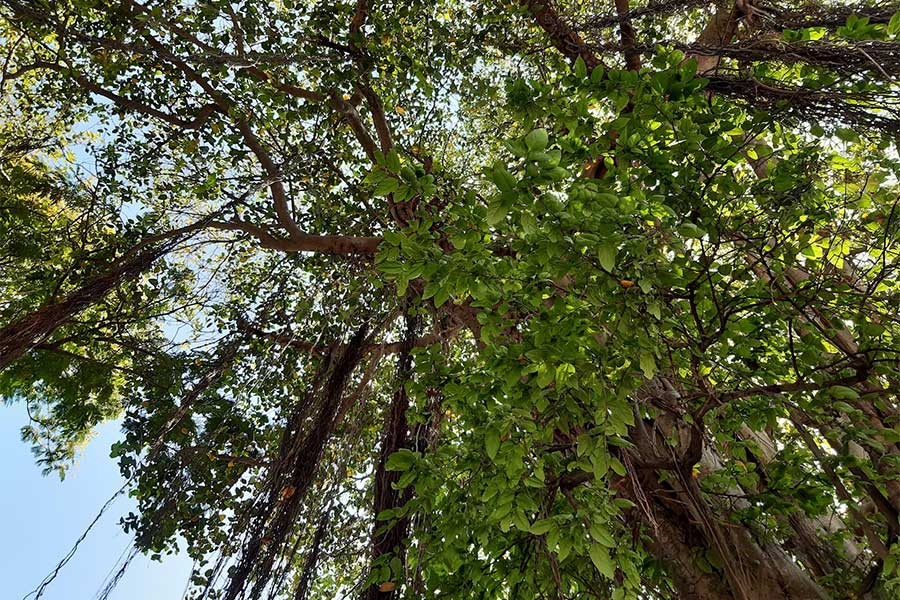It was a fine, sunny morning and a small group of 6 to 8 year olds and I were out looking at leaves. We had brought a few samples into the classroom that we examined and now we were observing and exploring the leaves of trees and plants outside.
We got talking about the needs of plants. One child talked about the need for water and sunlight, while another said they also need soil and air. One child in the group, who had heard about the function of a leaf, declared that all plants make their own food and sometimes they become our food too. The discussion then continued about that leaf in particular.
After a thorough review of the leaf, we started looking at the parts of a leaf. Just like any other presentation, the parts were labelled, the etymology was given and their purpose was related to. Children were looking at it by themselves, when a seven year old who was passing by, stopped and said, “the veins in the leaf are just like the ones we have in our body. For the leaf they carry food, and for us they carry blood.”
This was such a casual exchange, but it got me thinking about the kind of generalisations that were being made in the mind of an elementary child. It was evident that reason, logic, imagination and a bit of experience and knowledge made that leap possible in that child’s mind. I had the privilege to witness this, but I wonder how many such connections were being made each day.



